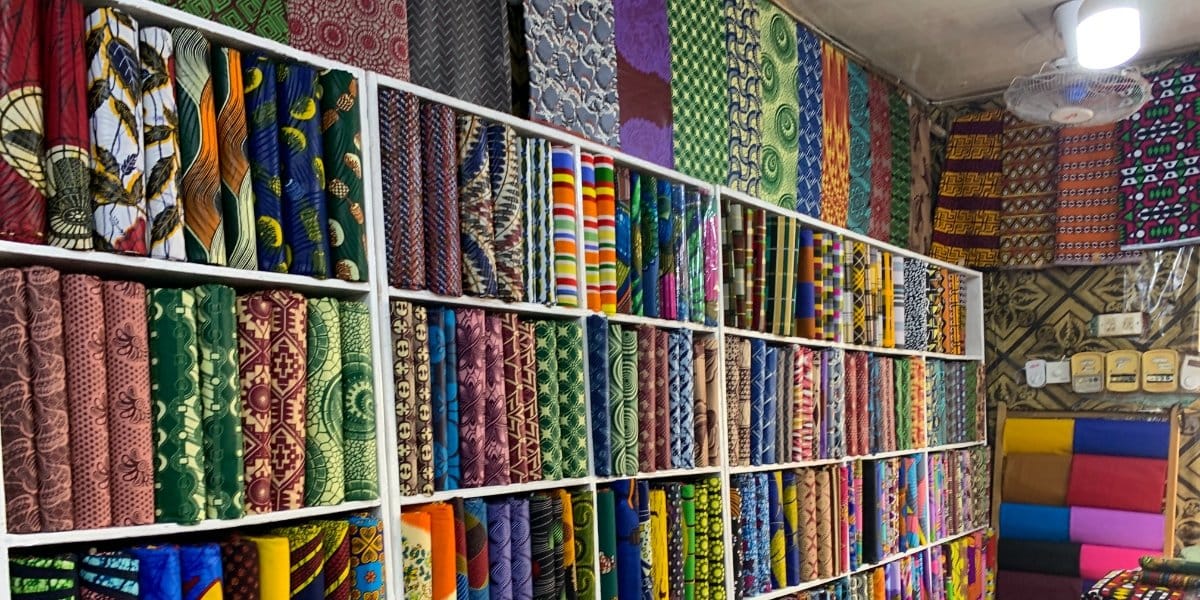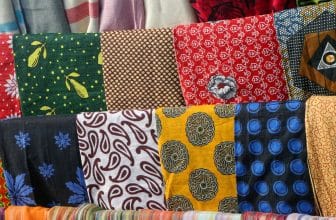The Future of African Fabric Exports in the Digital Age

Introduction
Once upon a time, African fabrics like Ankara, Adire, and Kente were treasures travelers carried abroad in suitcases.
Today, they move across continents with a few clicks.
Thanks to digital tools, global marketplaces, and improved logistics, African fabric exports are rising faster than ever — blending heritage with high-tech innovation.
This new era isn’t just about selling fabric; it’s about telling Africa’s story to the world through digital threads.
1. The Global Appetite for African Textiles
Fashion houses and independent designers across Europe, Asia, and the U.S. are increasingly inspired by African prints.
In 2024, searches for “Ankara fabric online” and “African prints wholesale” rose by over 40% on Google.
The world craves authentic color, hand-dyed textures, and cultural storytelling — and African fabrics deliver all three.
2. Digital Trade Platforms Open New Borders
In the past, exporting meant dealing with middlemen, bulky paperwork, and physical trade fairs.
Now, digital trade platforms like Alibaba, Etsy, and TradeKey have simplified everything.
African fabric brands can upload their catalogs, connect with buyers directly, and ship globally — often from small workshops in Lagos, Accra, or Abidjan.
Even Instagram has become a soft export platform, turning DMs into deals.
3. Logistics and Fintech Are Powering Growth
One of the biggest barriers to export used to be payment and shipping.
But now, fintech innovations like Paystack, Flutterwave, and Chipper Cash allow cross-border transactions in minutes.
Courier services such as DHL Africa eShop and Sendbox make it easier to deliver fabrics directly to global customers.
This digital infrastructure is quietly turning local tailors into international exporters.
4. From Handmade to High-Tech Production
Artisans are merging traditional techniques with modern efficiency.
In Abeokuta, Adire makers now use digital dye patterns.
In Ghana, Kente weavers collaborate with textile labs to enhance thread quality for export.
It’s the perfect blend of heritage + innovation — the essence of Africa’s new creative economy.
5. The Future: Digital Heritage, Global Reach
The future of African fabric exports lies in digital storytelling and sustainable production.
Customers worldwide don’t just want cloth — they want connection.
By showcasing the origin, process, and people behind every fabric, brands earn trust and premium value.
Imagine a QR code on every Ankara piece, leading to a short video of the artisan who made it — that’s the next level of authenticity the world is waiting for.
Conclusion
The age of waiting for global recognition is over.
African fabrics are no longer niche — they are the next global trend.
Every bolt of Ankara or Adire shipped abroad carries more than fabric; it carries the rhythm, pride, and spirit of Africa itself.
With the right blend of technology and tradition, Africa’s textile export story is only just beginning.






